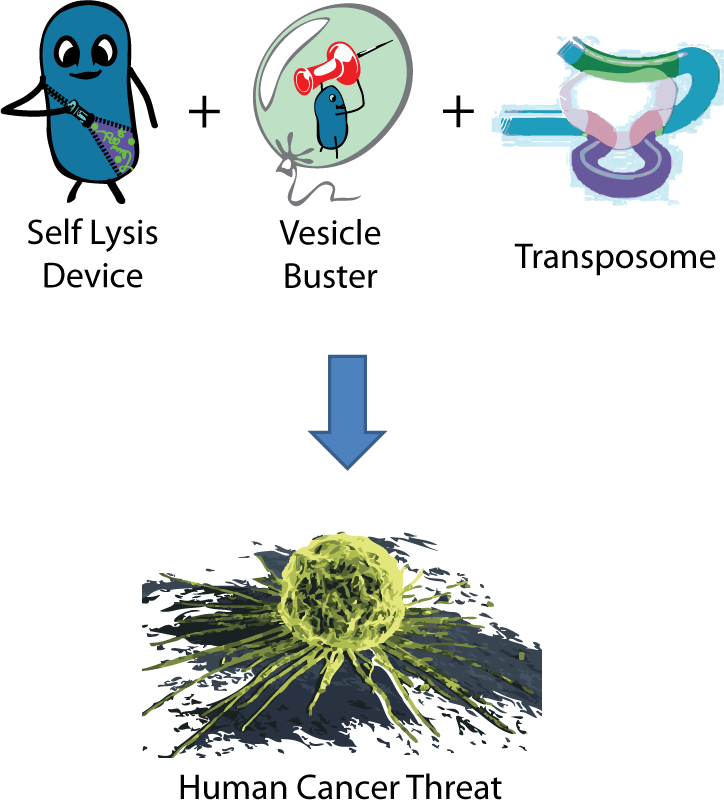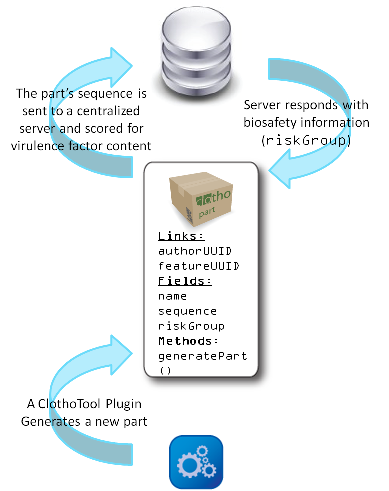Team:Berkeley/Human Practices
From 2010.igem.org
Human Practices: Rethinking Biosafety Standards
Current Biosafety Standards
Biosafety is undoubtedly one of the highest priorities of any synthetic biology institution. Unforeseen consequences of genetic manipulation can be disastrous, especially when dealing with pathogenic organisms or virulence factors. The NIH and CDC have developed a standard of biosafety levels (BSL) to rate the risk factor associated with different biological agents and genetic parts. They are summarized here:
- BSL 1- Well characterized parts and organisms that are not consistently pathogenic to healthy adults.
- BSL 2- Associated with mild human diseases, but do not readily spread through aerosols
- BSL 3- Associated with deadly or severe human diseases that we have vaccines or treatments for.
- BSL 4- Associated with deadly, aerosol-spread diseases that have no known vaccine or treatment
The current system of rating synthetic biological devices simply chooses the highest rated part or gene within the device and rates the entire device based on that number. For example, we could not submit our Vesicle-Buster parts this year because they contained genes from the pathogen Clostridium perfringens, making the entire device BSL2.
Shortcomings of the System
As synthetic biology becomes more sophisticated and genes from various organisms are combined to make increasingly complex devices, unexpectedly dangerous constructs can be generated using seemingly innocent parts. During the design phase of our project, we discovered a combination of relatively innocuous parts that had the potential, in combination, to be hazardous.
We created an engineered organism that used a Self Lysis device (made up of BSL1 parts) to release its contents inside vesicles and a Vesicle Buster device (which contains BSL2 parts) to break out of any cholesterol-based vesicle membrane. This device has been shown to function in mammalian cells. Lastly, we constructed a number of transposase devices (all BSL1) to potentially integrate transposons into our target's DNA. We designed this combination of parts to deliver transposases and DNA to a lower metazoan in an attempt to genetically modify it. Alarmingly, if a bacteria containing this combination of parts entered the body and was exposed to a macrophage, it could quite possibly break into a human cell and deliver its payload, genetically modifying the human DNA. A transposon insertion in the wrong place in the DNA could be oncogenic. Fortunately, this risk was realized long before any parts were built this summer, and the necessary precautions were taken - our lysis device was put under inducible control to prevent undesired delivery.
The discovery of this potential risk illuminated that the current biosafety rating system cannot identify potential threats from the combination of individually innocuous genetic parts. This is disconcerting, considering how the culture of synthetic biology is moving towards fast-paced construction and exchange of complex genetic parts. This could be dangerous to the scientists who are ignorant of the virulence they are synthesizing. The failure of government standards to recognize engineered threats also means that researchers could avoid regulations and restrictions that should reasonably required.
 "
"


